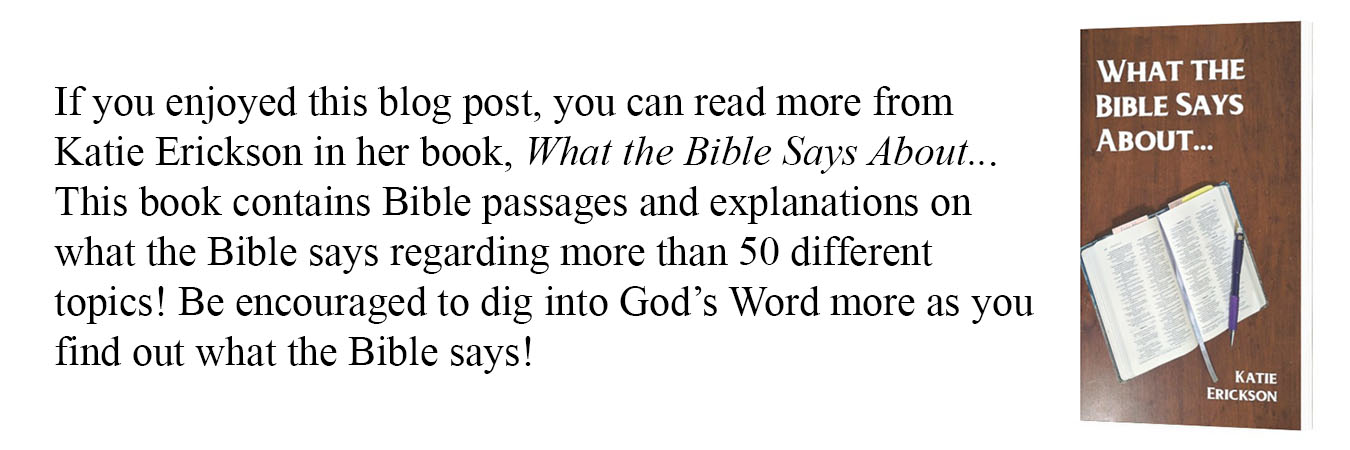They married Moabite women, one named Orpah and the other Ruth. After they had lived there about ten years, both Mahlon and Kilion also died, and Naomi was left without her two sons and her husband.
- Ruth 1:4-5
The “they” mentioned at the start of this short passage comes from verse 3 and refers to Mahlon and Kilion, the sons of Naomi and Elimelech. Elimelech had died, so Naomi’s sons were now responsible for providing for her. At first glance, these two verses may seem like a mere transition in the story. However, they have a lot of significance for this narrative.
In the patriarchal society of ancient Israel, a woman’s identity and security were intricately tied to her relationship with the men in her life – her father, husband, or sons. A widow without sons was especially vulnerable, often facing poverty, social marginalization, and a lack of legal rights. We never hear anything about Naomi’s parents in this narrative, so it can be assumed that they have already passed away before our story begins.
The loss of her husband and sons left Naomi in an untenable position. Without male providers, she was not only emotionally bereft but also economically and socially destabilized. The marriage practice outlined in Deuteronomy 25:5-10 aimed to address such vulnerabilities by instructing a close male relative to marry the widow and ensure the continuation of her deceased husband’s lineage. However, Naomi’s case was complicated by the fact that she was in Moab, far from her extended family and the cultural framework of Israel.
Ruth and Orpah, the Moabite women introduced here, belonged to a culture with a complex relationship with Israel. The Moabites traced their lineage to Lot, Abraham’s nephew, but their history with Israel was fraught with tension. The Moabites had refused to provide hospitality to the Israelites during their journey to the Promised Land (Deuteronomy 23:3-6), and their worship of Chemosh, a deity often associated with human sacrifice, starkly contrasted with Israelite worship of the one true God. However, it is important to note that intermarriage with Moabites was not explicitly on the list of forbidden nations for Israelites to marry (Deuteronomy 7:1-4).
Despite these cultural divides, Ruth and Orpah’s marriages to Mahlon and Kilion illustrate a blending of communities that was not uncommon in border regions. These unions also underscore the practical realities of survival in times of famine, as Elimelech’s family sought refuge in Moab during a period of hardship in Bethlehem, and they clearly planned to stay there for a long time by settling down and making it their home.
The deaths of Mahlon and Kilion, after Elimelech had already died, transform Naomi’s situation from difficult to dire. In ancient Near Eastern societies, a widow without male protectors faced a precarious existence. Naomi’s lament about being bitter later in the chapter (verse 20) reflects the depth of her despair and the cultural implications of her losses.
For Ruth and Orpah, the deaths of their husbands also signified a loss of social standing and security. In Moabite culture, as in Israelite tradition, childless widows had limited prospects. Orpah’s eventual decision to return to her family and gods reflects a practical choice to seek support within the familiar structures of her own community. Ruth instead chooses to remain in the Israelite culture with Naomi, as we will see as the story unfolds.
Our culture today is very different than the ancient Moabite culture, of course. Today, women can be independent and live productive lives without having husbands or sons to take care of them. But many women can still face vulnerabilities without a husband to take care of them, so we should still care for those in need with empathy for their situations.
When someone experiences a tragic loss, or even worse, multiple tragic losses as Naomi did, it is important for the community to come around and support them during that difficulty. Even though Naomi had lived in Moab for at least 10 years at that point, she did not have that community. The text doesn’t tell us why. Perhaps she did not intend to stay in Moab for that long. Perhaps she still clung to her Israelite culture and did not assimilate with the cultures and daily life of those in Moab. While life appeared to be alright for Naomi after the loss of Elimelech, things took a drastic turn when Mahlon and Kilion died, and it seems there was no one to help her.
Life is fragile, both today and in the ancient world, and there can be major life changes that happen in an instant. Just as we will see God provide for Naomi, God will take care of us during life’s major difficulties as well. The God who took care of Naomi and Ruth is the same God who still cares for us today, and He often uses those around us to accomplish that. People are resilient, but it is God who truly provides for us, even in the worst of times.
This forum is meant to foster discussion and allow for differing viewpoints to be explored with equal and respectful consideration. All comments are moderated and any foul language or threatening/abusive comments will not be approved. Users who engage in threatening or abusive comments which are physically harmful in nature will be reported to the authorities.


0 comments:
Post a Comment